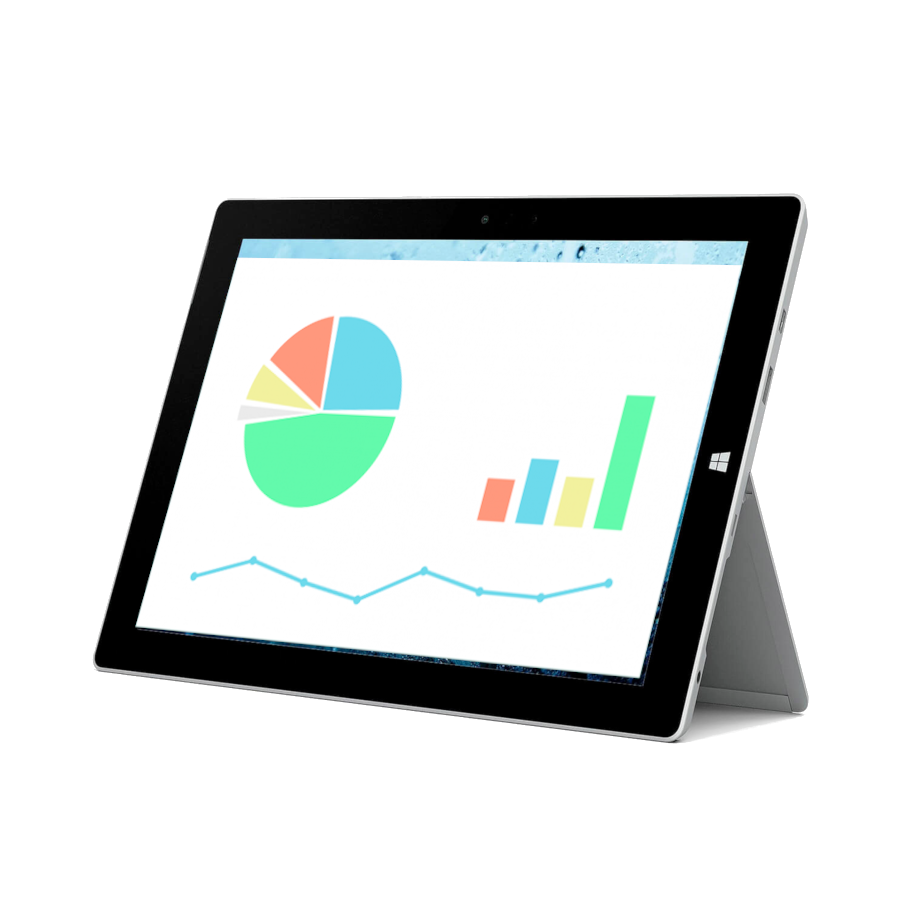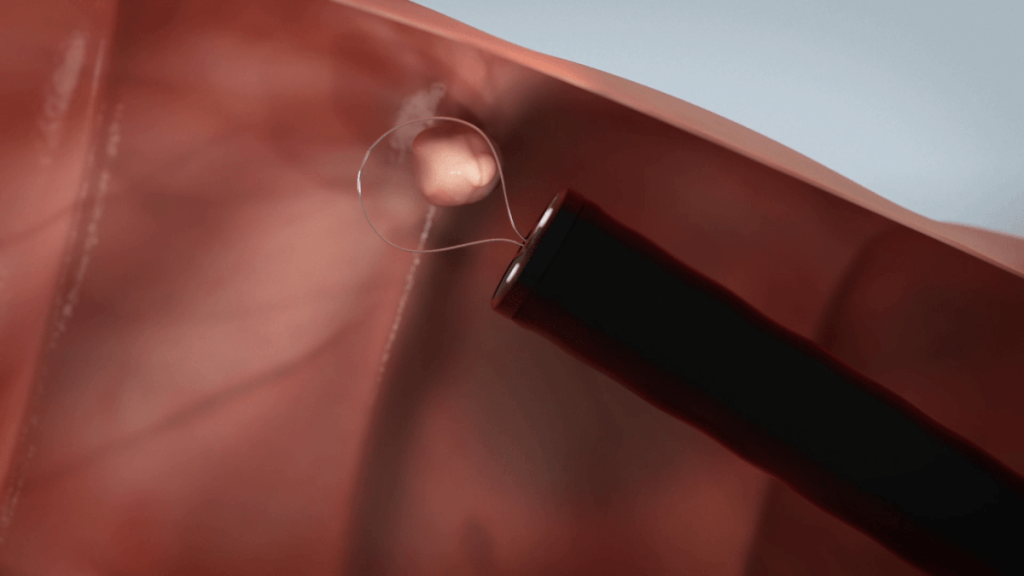What is electronic informed consent?
Electronic Informed Consent essentially refers to a documented exchange of information between healthcare facilities and patients. It involves
- the collection and analysis of data, such as medical history forms
- the legally compliant documentation, storage, and archiving of patient data, as well as proof of the provided education
- the delivery of well-prepared and easily understandable information to patients
These deliveries can range from general information, such as guidelines for organizing and preparing for a visit to the outpatient clinic, to detailed educational content covering preparation, the procedure itself, and follow-up care for examinations. There are no limits to the form of presentation. Audiovisual educational media, in particular, are highly effective, as they can present complex medical topics in a simple and engaging manner.
Digital patient education is by no means a replacement for the doctor-patient consultation required for informed consent, especially from a liability perspective. Rather, it focuses on automating the collection of medical history, documentation, data management, and data archiving. The goal is to ensure that patients are well-informed and fully prepared for the physician’s counseling session.
Why is digital medical history and patient education especially well-suited for endoscopic procedures like colonoscopies?
Briefing MAIA-digital patient education for colonoscopy
Surgery
Internal medicine
Gastroenterology
Private practitioners, medical offices, clinics and hospitals, medical centers
(particularly facilities specializing in endoscopic procedures with high examination volumes)
Yes, a fully paperless medical documentation system is possible (including pre-information and doctor-patient consultations).
Integration with HIS/PMS, fully automated processes
Comprehensive educational package featuring a combination of digital medical history forms, informational modules, and 3D animation videos.
Standardised availability
Corporate design, educational forms, creation of custom content, etc.
Complete data encryption
User tracking & IT forensics (time stamps, signatures)
Electronic signatures ('sign on glass')
Licence with flexible invoicing periods
Pricing tailored to the size of the client/facility
Pricing information upon request
Understanding digital education for colonoscopy: Practical application
Ideally, MAIA is integrated with the HIS/PMS, or any existing appointment scheduling tools. Once an appointment is booked, the colonoscopy educational content is automatically delivered. The patient receives a personalized link, and the digital education can be accessed on any device (smartphone, tablet, or PC) via a standard web browser.
Optimalerweise wird MAIA an KIS/PVS oder sonstige vorhandene Terminvereinbarungstools angebunden. Im Falle solch einer Integration wird nach der Terminvergabe die Aufklärung für die Koloskopie automatisch ausgespielt. Die Patientin oder der Patient bekommt einen personalisierten Link zugeschickt. Die digitale Aufklärung kann auf jedem Gerät (Smartphone, Tablet, PC) über einen gängigen Webbrowser absolviert werden.
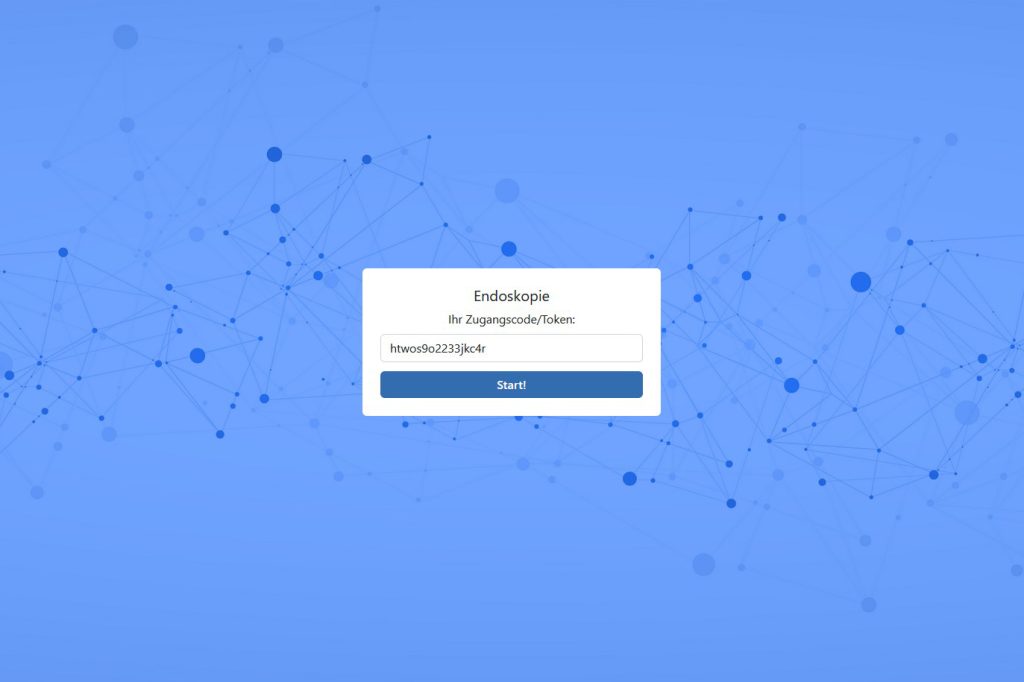
In MAIA's digital education module, the medical history for the colonoscopy is fully handled through medical history forms online.
In MAIA's digital education module, the medical history for the colonoscopy is fully handled through medical history forms online.
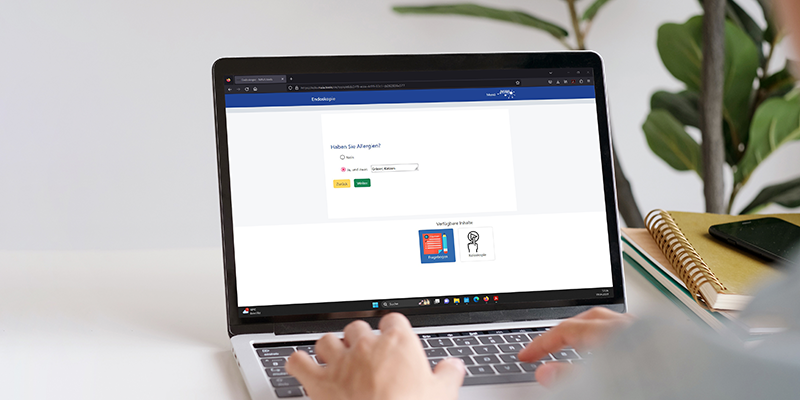
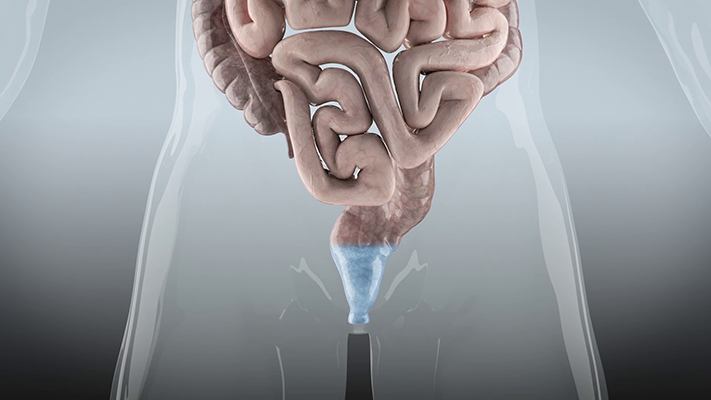

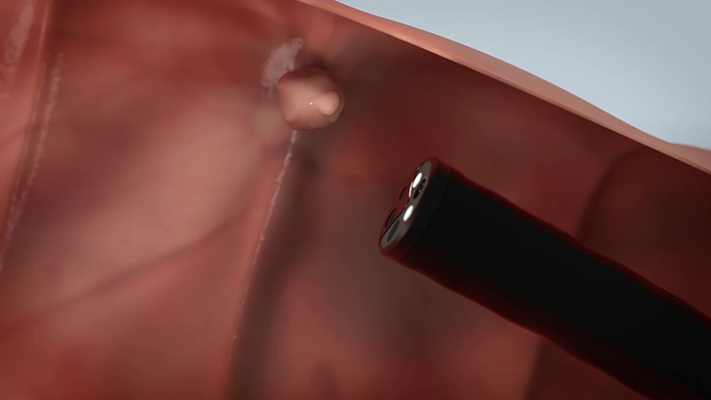
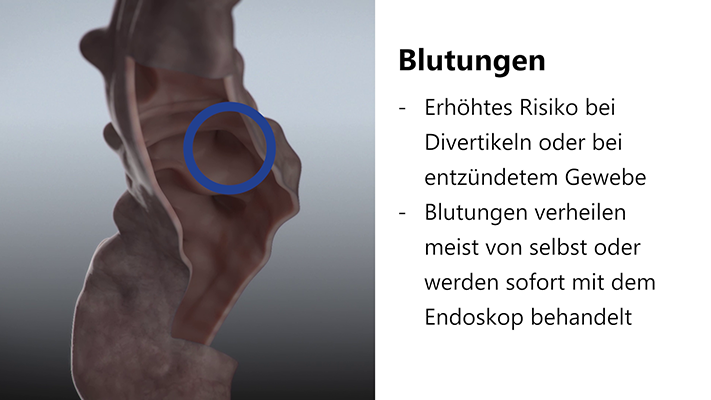
Usability and navigation are intentionally designed to be straightforward, making them easy to understand even for older individuals.
If, for any reason, completing the education digitally is not possible, a fallback procedure can be initiated with the click of a button, allowing for a medical history form to be used for the treatment. There are no additional costs for a paper-based educational form.
Usability and navigation are intentionally designed to be straightforward, making them easy to understand even for older individuals.
If, for any reason, completing the education digitally is not possible, a fallback procedure can be initiated with the click of a button, allowing for a medical history form to be used for the treatment. There are no additional costs for a paper-based educational form.

Patient education for colonoscopy is available in multiple languages. Often, individuals need to be informed in languages such as Turkish, Bosnian-Croatian-Serbian, Ukrainian, or Arabic.
Patient education for colonoscopy is available in multiple languages. Often, individuals need to be informed in languages such as Turkish, Bosnian-Croatian-Serbian, Ukrainian, or Arabic.
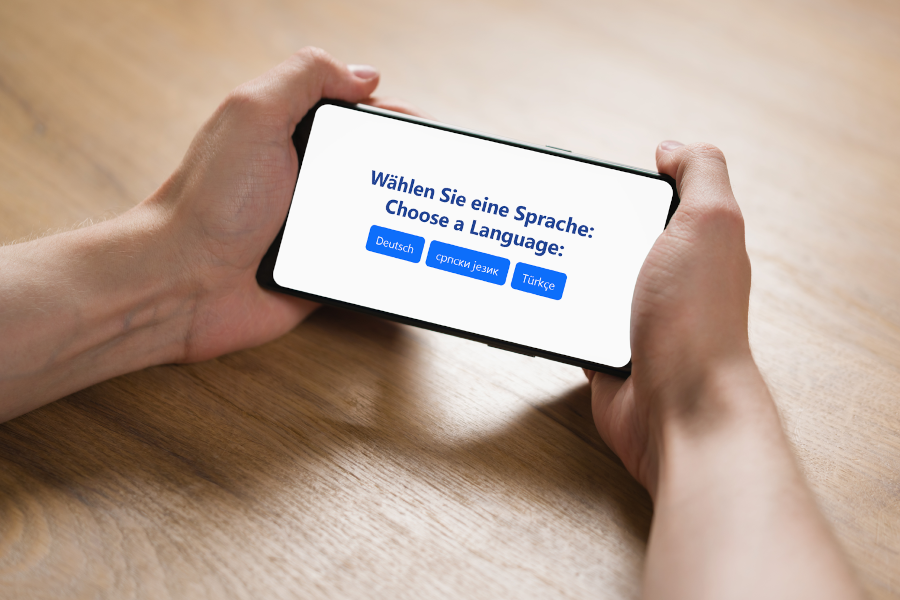
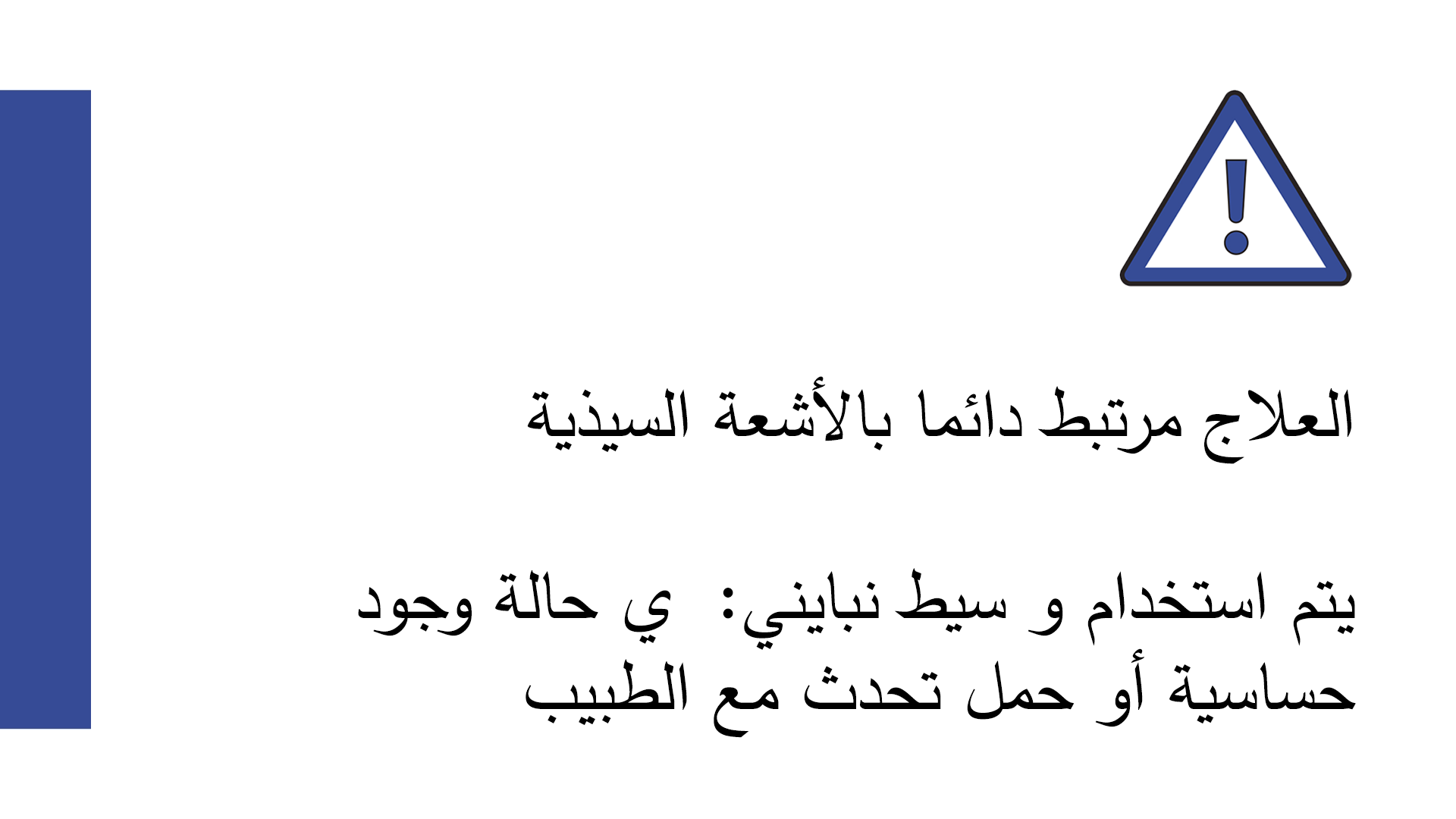
Administrative difficulites can be avoided using individual question modules.
Administrative difficulites can be avoided using individual question modules.
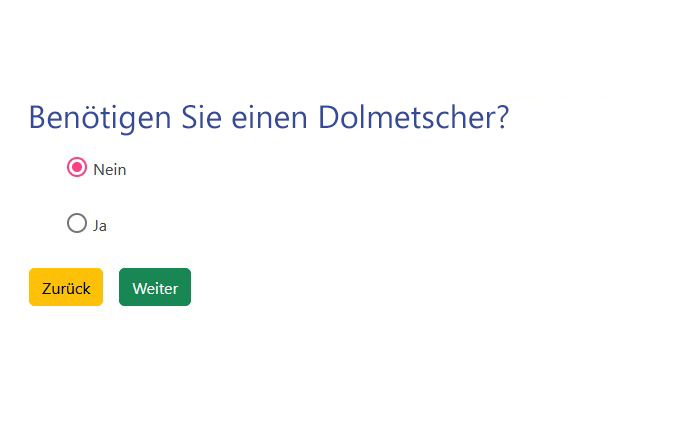
Special focus is placed on safety: We not only adhere to the highest standards of data security, but also collect numerous additional data points that serve legal certainty (such as timestamps, electronic signatures, and dropout points). Additionally, a color-coded system is used to assess whether the content has been understood.
Special focus is placed on safety: We not only adhere to the highest standards of data security, but also collect numerous additional data points that serve legal certainty (such as timestamps, electronic signatures, and dropout points). Additionally, a color-coded system is used to assess whether the content has been understood.
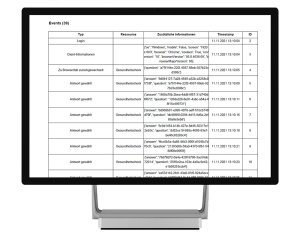
Before the informed consent discussion, the completed digital education is submitted to the HIS/PMS. During the educational conversation, a report is available that serves as a guide for the doctor. Typically, in addition to basic knowledge about the colonoscopy, only specific questions and risks need to be addressed. The report allows for direct digital documentation and additional notes to be included.
Before the informed consent discussion, the completed digital education is submitted to the HIS/PMS. During the educational conversation, a report is available that serves as a guide for the doctor. Typically, in addition to basic knowledge about the colonoscopy, only specific questions and risks need to be addressed. The report allows for direct digital documentation and additional notes to be included.
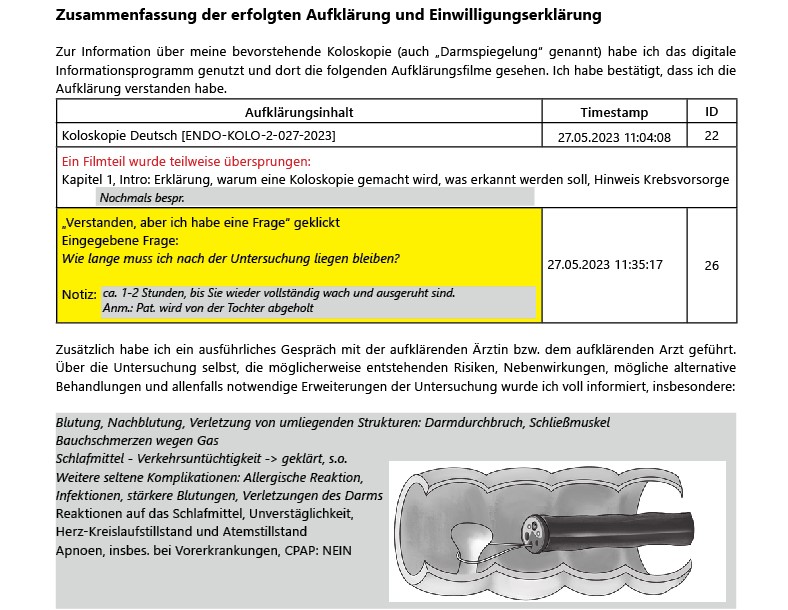
The documentation can be digitally signed directly by patients using a graphometric signature tablet. This process complies with legal requirements (eIDAS-compliant) and can be implemented at various security levels. It is recommended to use a procedure that optimally balances security and usability.
The documentation can be digitally signed directly by patients using a graphometric signature tablet. This process complies with legal requirements (eIDAS-compliant) and can be implemented at various security levels. It is recommended to use a procedure that optimally balances security and usability.

The entire documentation is complete. The colonoscopy education, along with all forensically relevant data, is automatically and securely archived and can be accessed at any time through the management system.
The entire documentation is complete. The colonoscopy education, along with all forensically relevant data, is automatically and securely archived and can be accessed at any time through the management system.

Quality assurance and aftercare: With the MAIA platform, it is possible to implement specific aftercare modules. Structured patient surveys, such as ePRO, can be used for quality assurance and are included in the colonoscopy education module.
Quality assurance and aftercare: With the MAIA platform, it is possible to implement specific aftercare modules. Structured patient surveys, such as ePRO, can be used for quality assurance and are included in the colonoscopy education module.
